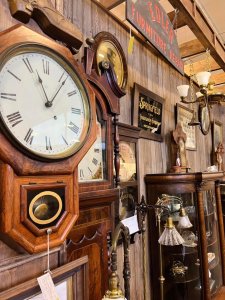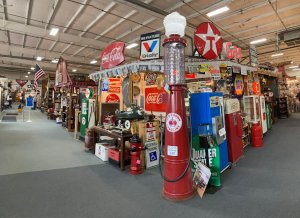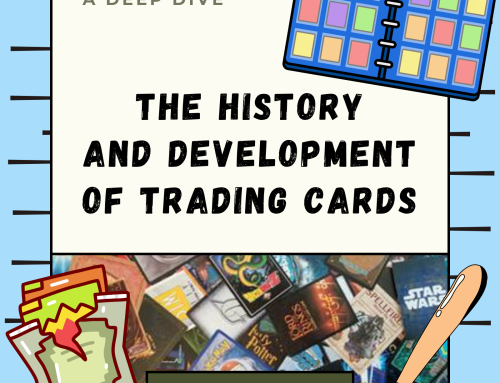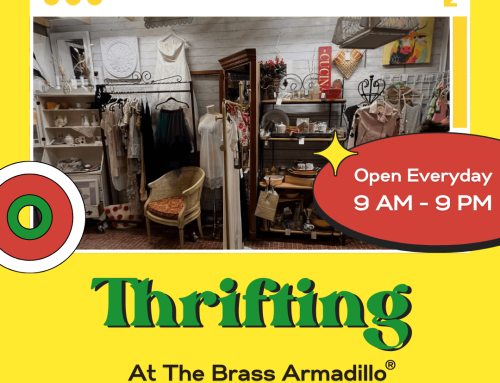Collecting and investing in antiques used to be seen as a niche hobby, something that is mostly done by those who are rich enough to afford truly expensive pieces or those who are eccentric enough to collect odd knick-knacks. However, something seems to have shifted during the pandemic, as buying antiques is slowly becoming a more mainstream activity, with the interest in antique stores rising to 50% and auctions for antiques increasing by 80% in 2021. Thanks to social media influencers such as Eleni, who has a quarter-million followers on TikTok, coupled with the more eco-conscious mindset of Gen Z consumers who are quite aware of the unsustainability of fast fashion, younger people are turning to thrift stores and estate sales for their purchases. It then begs the question, why buy antiques? What is it about collecting antiques that makes it a worthwhile activity and investment?
Fun Source of Funds
One thing is for certain: nostalgia sells. As a matter of fact, marketers use nostalgia to connect consumers with their shared generational experience, thus ultimately driving consumption. This strategy is called nostalgia marketing, which has worked for brands like Calvin Klein, when it reissued items that defined Kate Moss’s career and sold out the styles within two months. As such, it may be a good idea to hold on to vintage pieces that you own, ranging from clothes and accessories to toys, collectible memorabilia, furniture and even decorative items. Make sure that you take care of these vintage items when you decide to invest in them because “condition is paramount,” according to Gayle Skluzacek, an appraiser of antiques, fine art and wine.
Once you have a sizable, worthwhile antique collection and are ready to turn it into an actual investment, you could also consider directing your profits from your antiques to a retirement fund, selling the pieces when and if the time is right.
An Eco-Friendly Choice
Not only are antiques a good source of funds, but buying antiques is also the better choice if you consider how our purchases impact the environment. Most items sold today are products of fast fashion or fast furniture industries, meaning that they are made of cheaper materials, thus are easy to throw away and replace. However, studies have shown that fast fashion and fast furniture are extremely harmful to the environment. A study by the Environmental Protection Agency shows that Americans throw away more than 12 million tons of furniture and furnishings each year. That is a lot of waste, both in money and in materials.

The Fun is in the Process
There is something to be said about the process of acquiring antiques. Usually, buying antiques is more than just determining if something looks good and deciding if it is trendy and worth its price tag. When it comes to buying antiques, there is the joy of discovering an item’s history as well, which makes antique-hunting quite enjoyable. Science shows that collecting antiques feeds into our pleasure center, thus making the process satisfactory and fulfilling.
For some collectors, the joy of collecting antiques lies in the thrill of finding valuable items in a sea of random knick-knacks. For some, investing in antiques connects them to something larger than themselves, be it a community, a tradition, or history. Finally, for some collectors, investing in antiques allows them to sharpen their craft. Investing in antiques requires knowledge and mastery, especially when it comes to knowing the value of an antique to understanding its history and context.
It’s clear that antiquing is a worthwhile endeavor. Not only are antique pieces durable enough to last longer than the more common mass-produced items on the market today, looking for and buying antiques in itself can also be quite therapeutic. After all, there is joy to be found in discovering pockets of history in your day-to-day items is something that will stay with you for a long time.
Guest Blog provided by:
Jacqueline Gilbert







